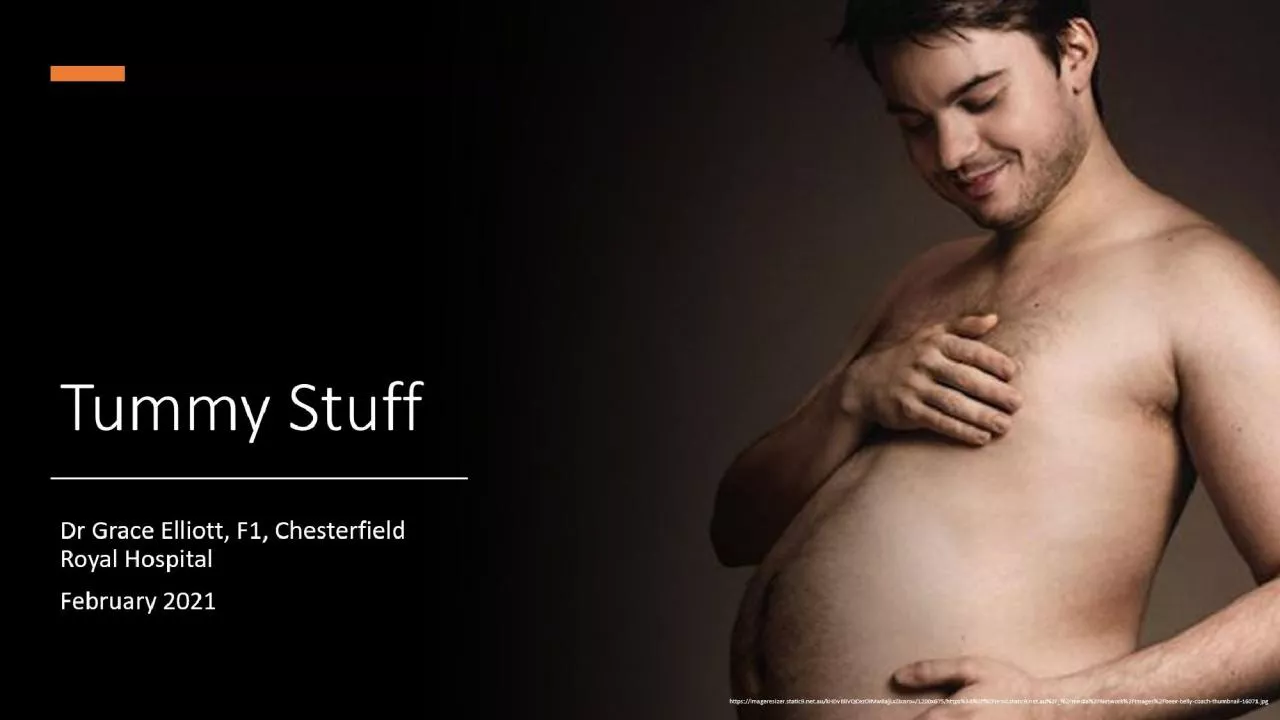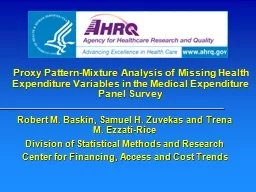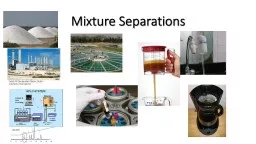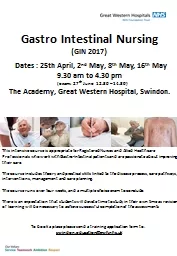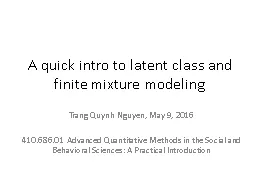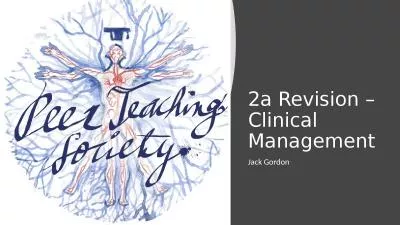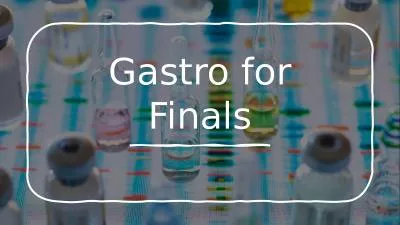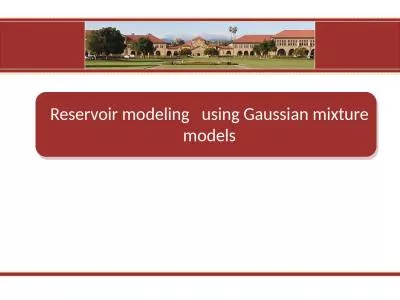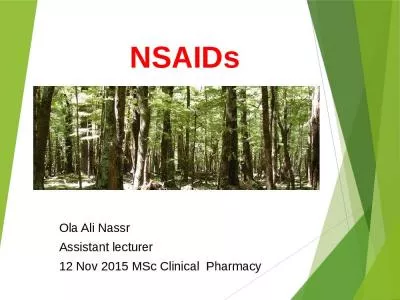PPT-A Mixture of Gastro and General Surgery
Author : martin | Published Date : 2023-09-06
oesophagus stomach duodenum pancreas jejunum ileum appendix ascending colon transverse colon descending colon sigmoid colon rectum liver gallbladder bile ducts anal
Presentation Embed Code
Download Presentation
Download Presentation The PPT/PDF document "A Mixture of Gastro and General Surgery" is the property of its rightful owner. Permission is granted to download and print the materials on this website for personal, non-commercial use only, and to display it on your personal computer provided you do not modify the materials and that you retain all copyright notices contained in the materials. By downloading content from our website, you accept the terms of this agreement.
A Mixture of Gastro and General Surgery: Transcript
Download Rules Of Document
"A Mixture of Gastro and General Surgery"The content belongs to its owner. You may download and print it for personal use, without modification, and keep all copyright notices. By downloading, you agree to these terms.
Related Documents

